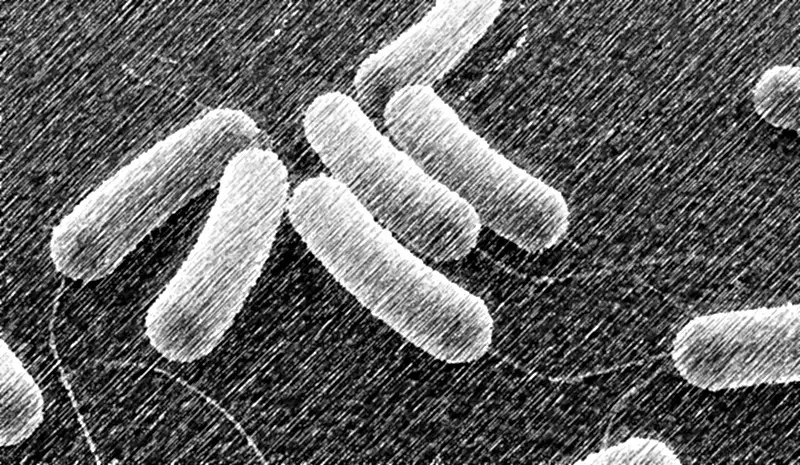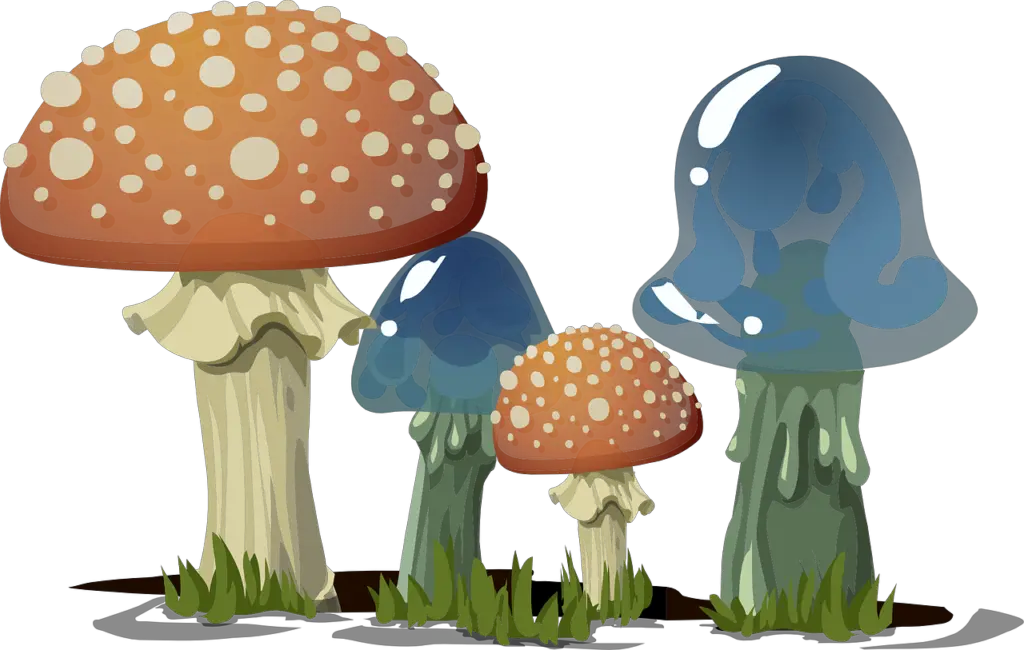Types of Eukaryotes: Mainly Classified Into 4 Types
Organisms formed of eukaryotic cells are known as eukaryotes. Eukaryotic cells are assigned with complete well-organized cell organelles along with a nucleus covered within the nuclear membrane.
Eukaryotes resemble the higher class of organisms that have evolved from the prokaryotes about 1.6-2 billion years ago. The famous symbiotic theory states its origin.
Eukaryotes are classified into 4 types

1. Protists
This includes the unicellular organisms which can reproduce either sexually or asexually.
They perform their body movement through their flagellum, which is a thin hair-like structure extending from the cell.
This group of organism although may be unicellular but performs the same tasks as that of the multicellular organisms which include respiration, locomotion, digestion, and reproduction.
For example- This group of eukaryotes includes Algae, Slime molds.

2. Fungi
This eukaryotic group has a complex cellular organization. Their cells have a membrane-bound nucleus. And in the nucleus, it is seen that the DNA contents are wrapped around the histone octamer protein.
Their cells are composed of glycan and chitin but lack the cellulose layer.
Fungi reproduce through the formation of spores.
This fungi are further classified into 4 types:
- Chytridiomycota- Chytrids, etc
- Zygomycota- Bread molds, etc
- Ascomycota- Yeasts and Sac fungi
- Basidiomycota- Club fungi

3. Plants
This group of multicellular eukaryotes is well organized than that of the fungal class.
They also contain an important cell organelle named chloroplast which led them to prepare their own food.
Plant cells are composed of an external wall made up of cellulose protecting them from the external environment.
For example: They have eukaryotic cells like the Meristematic cells, Mesenchymal cells

4. Animals
These are highly complex eukaryotic organisms. These are the eukaryotic cell surrounded by the plasma membrane, lacking the cell wall.
They have well-organized cell organelles performing a vast number of biological functions such as hormone activation, enzyme production energy production, oxygen transport, etc.
For example: They have eukaryotic cells like the blood cells, glail cells, etc.
Moreover the eukaryotic cell as a whole can also be further classified as
1. Undifferentiated Cells
These are the unspecialized cells that are competent for undertaking cell division, differentiation, and development.
For example- Stem cells in the case of animals can be altered to any type of body cell. And, meristematic cells in the case of plants.
2. Differentiated Cells
Differentiation is a biological process where the immature cells, body cells, or the developing cells become specialized or assigned to a particular function as they develop.
Therefore the differentiated cells are the specialized cells performing a specialized function as assigned.
For example- Sperm cells, Ovum cells in the case of animals. And, mesophyll cell in case of plants which carry out photosynthesis.
2. Dedifferentiated Cells
Sometimes the differentiated cells lose their specialization and turn out to be undifferentiated cells, they then again undergo cell division.
This process where the differentiated cell loses their specialization is termed as dedifferentiation.
For example: In plants, the parenchyma cells lose their specialization and are dedifferentiated into meristematic cells for secondary growth, regeneration, and wound healing.
